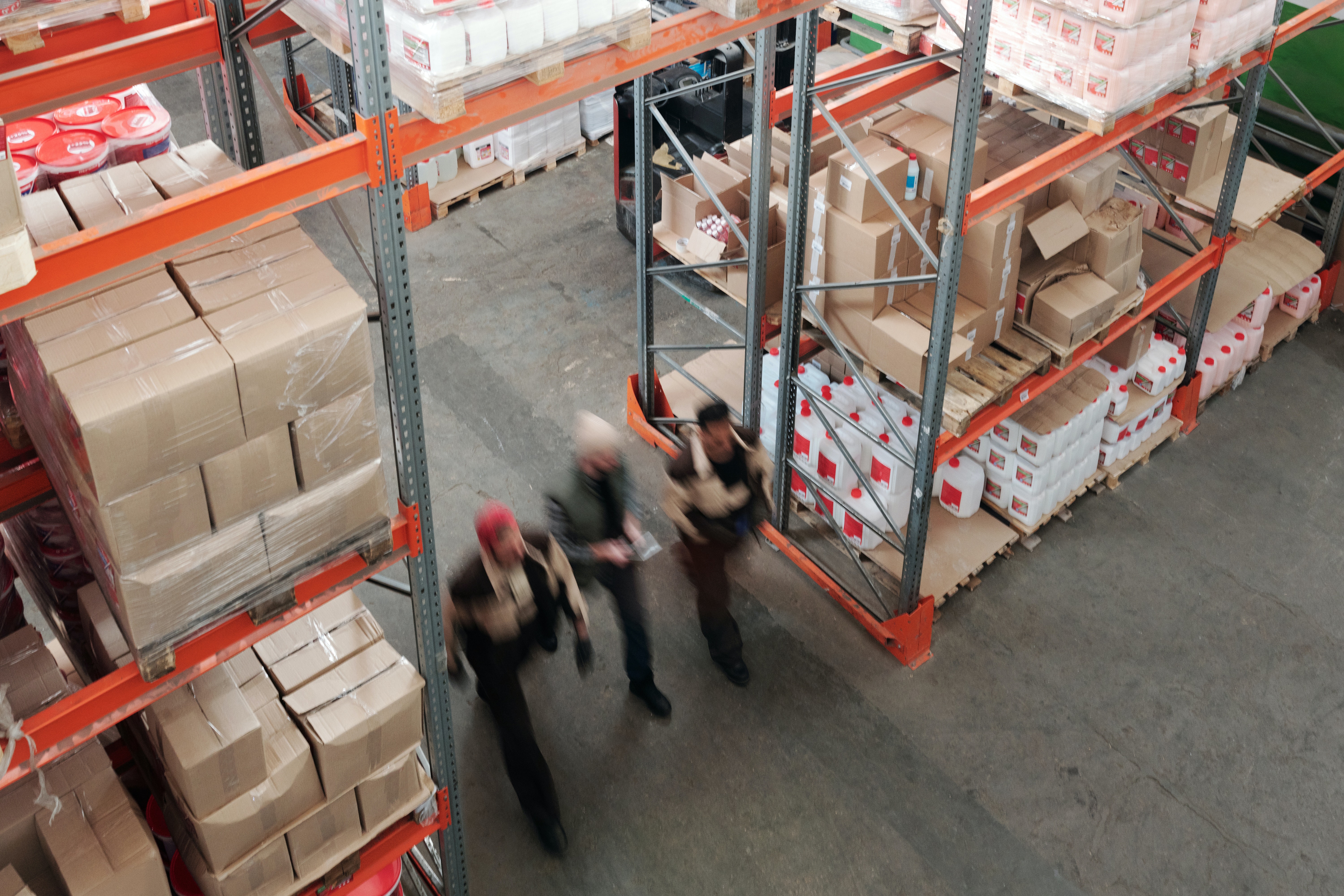According to a 2019 global study commissioned by Zebra Technologies, warehouses are expanding - in terms of space, number and technological advancement. What does that mean for businesses? And what’s driving all of this?
In episode eight of ColumbusCast, I sit down with Craig Cameron, Senior Consultant, to discuss where the future of warehousing is heading.
What’s driving all this change?
One key reason is that more businesses are moving away from brick and mortar in favour of the web. Though this decision was heavily driven by COVID-19, it was something that was slowly happening anyway.
For example, more and more customers are searching for ease and convenience when it comes to purchasing goods and services. The ‘want it now’ mentality is becoming increasingly prevalent among customers - both B2C and B2B.
And for B2B customers, the ‘just in time’ method is becoming more popular which means more materials need to be delivered in shorter lead times.
What that means for warehouses
For a warehouse manager, that means your warehouse is busier than before. You have less time to get things out to customers.
But bigger isn’t always better
Though it may seem as though the answer is to physically expand your warehouses or to have more of them, that only brings up other challenges, such as:
- Making sure the right stock is available at the right time
- Making sure stock can reach customers at the right time (e.g. within their expected delivery timeframe)
So, rather than having more or bigger warehouses, you should consider how you can use technology to facilitate all this.
The role of automation

There are several ways warehouse operations are run. Some companies may opt for full automation. A classic example is your dark warehouse operations. Human input is limited here - everything is controlled and coordinated by robots and machinery.
On the other end of the spectrum, there’s 100% manual. And in between (which is arguably where the majority of companies sit), you have part-automation, part-manual. In other words, your people are aided by technology.
Rather than letting technology take over, you allow the machines to help your workers complete their tasks. They can work more efficiently, accurately and quickly.
Take augmentation - it can streamline your warehousing operations. Here are some examples of augmented technology in action:
- Handheld devices to help warehouse workers track where they pick and put down items
- HoloLens to offer a visual indication of the most optimum routes workers could be taking around the warehouse
- Voice picking to remove the reliance on using hands
- Pick-to-light technology that can virtually illuminate paths that guide workers to their desired storage location. The tech can also indicate how many and which items should be picked
Can you see how they require both human and robot involvement? And can you see how they aren’t taking over human roles - instead they’re helping human workers complete tasks?
Top benefits of robotics and automation in warehousing
Despite there being challenges such as some of your workforce not being particularly ‘IT-literate’, you can’t ignore the impact of technology on warehousing operations:
- Improved speed
- Improved accuracy of tasks (less chance of human errors)
- No need to take breaks or annual leave
- Cost-efficient - despite there being a potentially high implementation cost, they can often be cheaper than hiring human workers to gain the same output
Are robots taking over?
Although it may seem like robots and machinery are ‘taking over’ jobs, they actually create more jobs. Machinery can handle the highly manual, repetitive tasks which frees your human workers up to focus on more valuable, higher skilled tasks.
This is why most companies aren’t looking to implement fully automated warehouses. While robots are very good at handling specific tasks and they aren’t impacted by fatigue or illness, they aren’t flexible. They can only really do one thing - whatever they’re programmed to do.
In contrast, humans are flexible. They can adjust tasks depending on specific requirements, conditions and so on.
For those reasons, we won’t see the end of human beings in warehousing. Robots aren’t taking over; we’re merely adjusting the way we’re working.
Want to hear even more about where the future’s taking warehousing? Scroll up to the top of this post or search for ‘ColumbusCast’ in your podcast app. You can then listen to the full episode and hear more insights, including:
- What’s causing businesses to be slow on the innovation uptake
- The role of technology in improving data quality and decision making
- More examples of warehousing technology
It’s time for warehouses to embrace digital transformation
This is where all businesses are heading. Digital transformation. And we have just the resource to help you get started on your journey.
From learning the difference between change and transformation to the importance of value creation and improvement, download our executive’s cheat sheet to digital transformation below.

